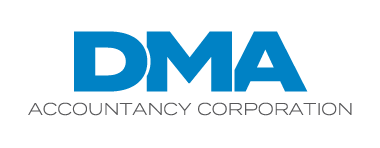Many employers, particularly large companies, pride themselves on being transparent about how and with whom they do business. The term “transparency,” however, isn’t limited to this widely discussed and debated topic. It also applies to group health plans.
More specifically, “transparency in coverage” refers to an Affordable Care Act provision that requires health plans and insurers to disclose certain price and cost-sharing information to participants, beneficiaries, enrollees and, in some cases, the public. The requirements apply to most insured and self-insured group health plans and to insurers. (“Grandfathered” health plans are exempt.)
Regulations originally proposed in November 2019 have been finalized to implement transparency in coverage that would require personalized disclosures of specific cost-sharing information to health plan participants, beneficiaries and enrollees upon request. (Special rules would allow a plan to satisfy these requirements if the insurer offering the coverage provides the required information pursuant to a written agreement.) Here are some highlights of what would have to be disclosed or issued:
Estimated cost-sharing liability. The amount the individual is responsible for paying for a covered item or service under the terms of the plan (including deductibles, coinsurance and copayments).
Accumulated amounts. The amount of financial responsibility that an individual has incurred at the time the request for cost-sharing information is made (for example, as a deductible or an out-of-pocket limit).
Negotiated rate. The amount a plan, insurer or third-party administrator has contractually agreed to pay an in-network provider for a covered item or service.
Out-of-network allowed amount. The maximum amount that would be paid for an item or service furnished by an out-of-network provider.
Items and services content list. A list of the covered items and services when an item or service is subject to a bundled payment arrangement.
Notice of prerequisites to coverage. A notice informing the individual that a specific covered item or service may be subject to a prerequisite (such as medical management techniques).
Disclosure notice. A notice about balance billing, with disclaimers about differences in actual and estimated charges.
Plans and insurers will also have to make price transparency disclosures to the public, primarily about negotiated rates with in-network providers and historical out-of-network allowed amounts. Components of these rules will take effect in three stages, beginning on Jan. 1, 2022.
© 2020


Recent Comments